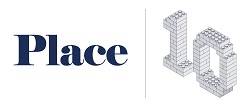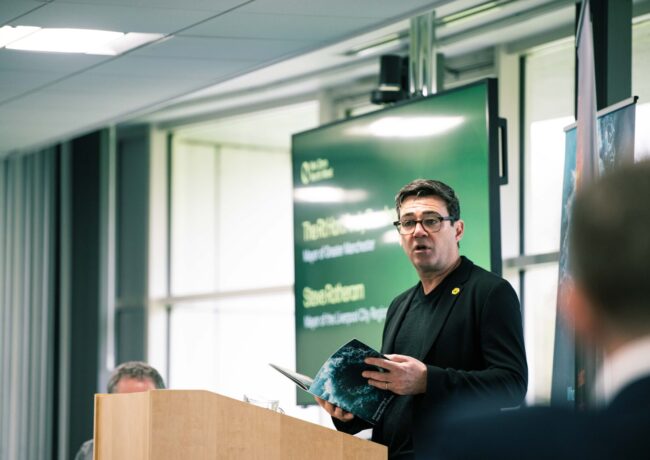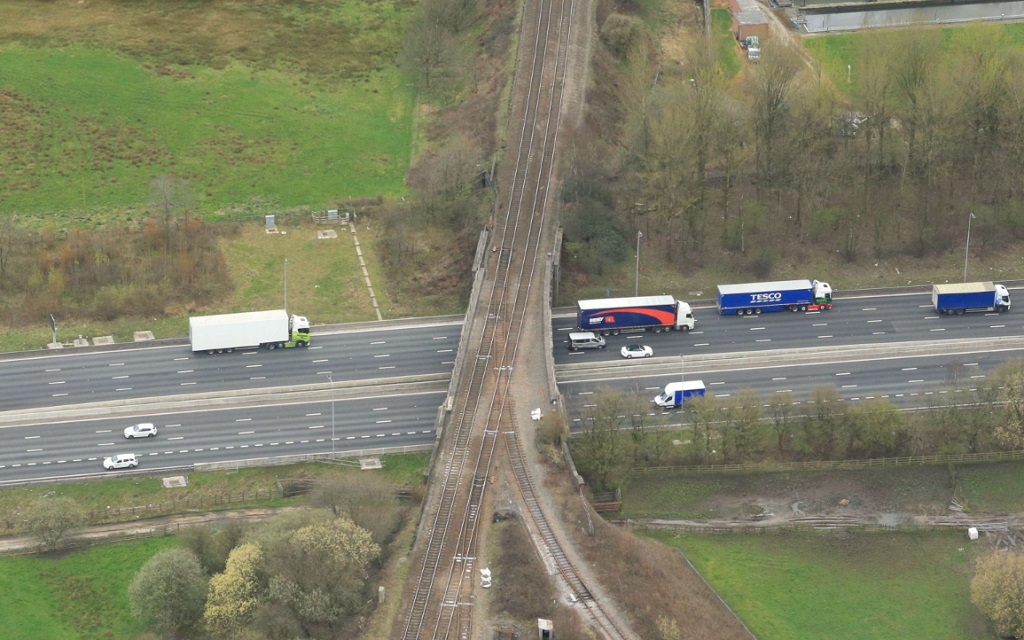Place10: Taking charge
 In summer 2007, Place North West published its first article, around the same time that news emerged confirming Greater Manchester’s controversial plans to introduce a city centre congestion charge, writes Alex Vogt, technical director, Curtins.
In summer 2007, Place North West published its first article, around the same time that news emerged confirming Greater Manchester’s controversial plans to introduce a city centre congestion charge, writes Alex Vogt, technical director, Curtins.
The congestion charge was proposed on the basis that it would secure almost £3bn of funding towards 31 major public transport schemes. The scheme was ultimately rejected by the public in a 2008 referendum. But fast forward to Place North West’s 10-year anniversary and yet again congestion charging recently made the news. But is it even necessary?
The original scheme was proposed to fund the Metrolink second city crossing and new lines to Rochdale, Ashton, the Trafford Centre and Manchester Airport. Proposals also included a rapid transit corridor on Oxford Road, a similar public transport corridor between Bolton, Leigh and the city centre and improvements to, or new public transport interchanges in eight locations. The final element of the proposals was a smart ticketing scheme similar to London’s Oyster card.
With the exception of the Oyster card, and even that is coming, most of the above schemes all happened anyway. Through a combination of funding sources, including a significant sum from the EU, Manchester found a way to deliver without the charge.
So what’s different now? Ten years on and the Metrolink boasts a mighty 92 stops, 120 trams and in excess of 30 million users per annum. Similarly, there are now 22 bus stations, 12,000 bus stops and more than 600 buses operating in Greater Manchester. The infrastructure is there, but despite this, congestion appears to be increasing and based on recent Tom Tom data a rush hour journey in Manchester will now take 68% and 79% longer in the morning and evening peaks respectively, when compared to a journey outside of these peaks.
Are people really that reluctant to leave their cars? Is a congestion charge the only way forward? Perhaps, or maybe the current congestion is merely a result of the Manchester construction boom. After several years of major infrastructure improvements, and high quality property development impacting on our daily commute, the travel statistics may not be trustworthy. Is a golden era of sustainable travel on the horizon?
A decade on and the debate still rages.
- To take part in the Place10 series reflecting on the decade since Place North West was first published in August 2007, send your stories and memories to news@placenorthwest.co.uk headed ‘10’.





interesting article, with ongoing construction and lots more in the pipe line the construction traffic % of the peak trips would be good to know. with another 10 years at least of major works a city wide construction management plan may be worth looking at to get park and ride for the workers etc.
By alan davies
A really interesting article Alex and I understand your argument. We need to continue to develop our transport infrastructure if Greater Manchester’s drive to be recognised as a truly global city is to be realised.
What you have described is our “as is today” it needs much more significant investment as we address the growth challenge of hundreds of new jobs, new houses and new business streams needed by 2040 and beyond.
I really don’t know whether congestion charging really will ever return in the guise it was ten years ago but you are right to highlight the continuing strain on commuting times and effort.
Co-ordinated fast, clean and safe public transport will be a large part of the solution, with personal travel as well. However, they both need smarter infrastructure to convey them.
The investment case is strong and colleagues in TfGM and TfN are working tirelessly with our political leaders to make that happen. We all need them to be successful.
By Mo Perkins
Mr Vogt, you miss one of the fundamental issues which is that parking in the city centre is cheaper than public transport, particularly if you are car sharing.
It will be interesting to see how public transport use increases once the multitude of cheap temporary car parks in the city centre are replaced by buildings.
By Anonymous